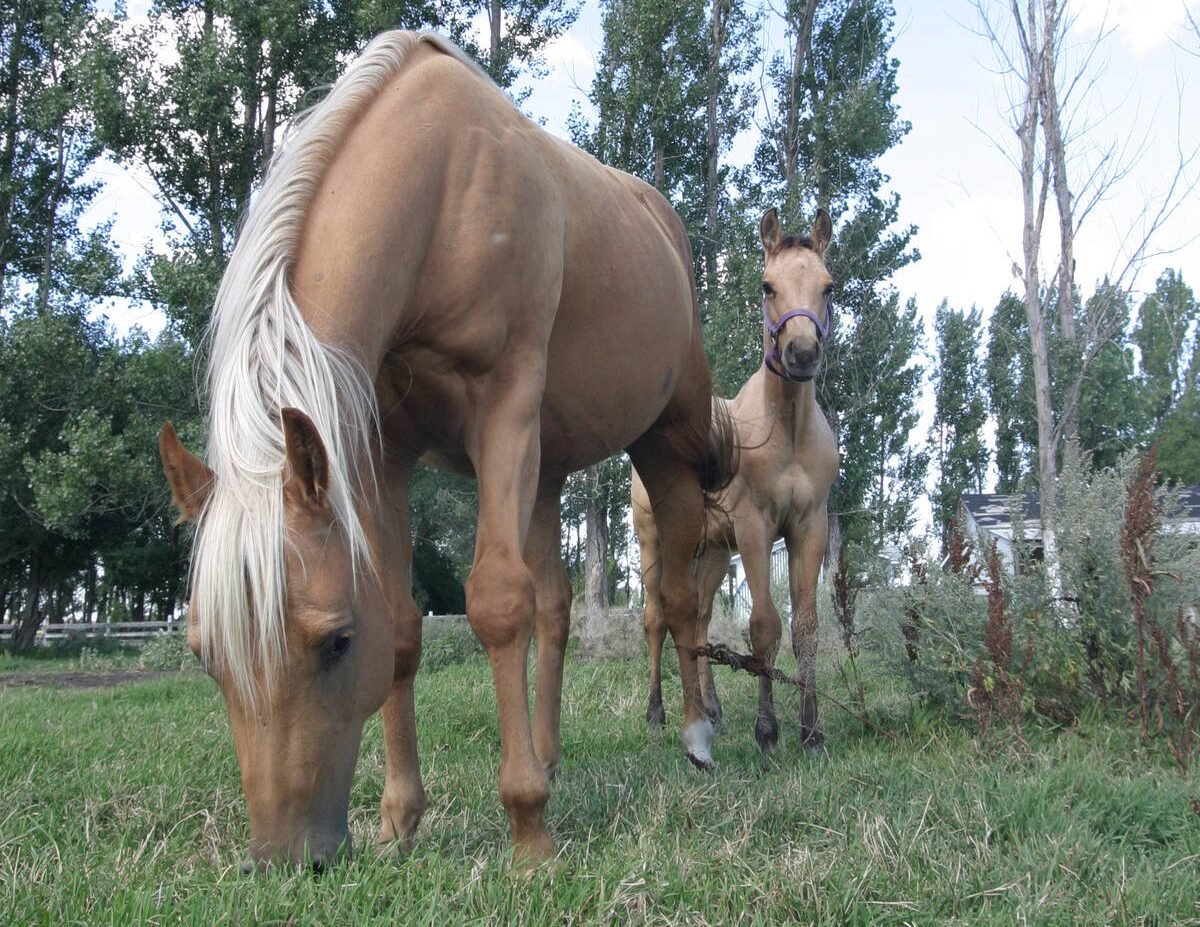Grain prices spiked last summer as the American corn crop burned up in a severe drought. This year, with good production prospects in the United States and elsewhere, grain prices are sliding.
Here are some fearless predictions of how the situation will look this fall.
Rather than $13 or $14 a bushel for canola, the futures market indicates that we’ll probably be looking at $11.50 or less.
With a few exceptions, and barring some major unforeseen event, grain prices are going to be lower.
Fortunately, most regions of the Prairies are looking at average to above average crops. Volume will help compensate for lower prices on many farms, but there’s still going to be a price shock.
Read Also

Growth plates are instrumental in shaping a horse’s life
Young horse training plans and workloads must match their skeletal development. Failing to plan around growth plates can create lifelong physical problems.
Producers who locked in prices for fall delivery may get the best prices of the year.
On some crops, such as field peas, there may be a rush to deliver in the fall to free up bin space and catch prices before they go even lower. Some farmers will also lock their bin doors, waiting for an eventual price turnaround.
Cash reserves are probably as good as they have ever been in the grain industry, so there’s less urgency than in the past to sell for cash flow reasons.
Last year’s harvest had unusually high quality with most production in the top grades.
Predicting the weather is like throwing darts at a target, but odds are that we won’t have such favour-able harvest conditions two years in a row.
Frost, wet harvest weather or both are likely to catch more crops this year.
That will mean more shopping around for the best grades and prices. The much wider grade distribution will also mean more challenges in the grain handling and transportation system.
It’s my perception that fungicide use in Western Canada is the highest it’s ever been. Crop protection companies have had strong promotional campaigns for their fungicide products, even though many of those products have been in tight supply.
Many producers wished they had made more fungicide applications following last year’s harvest, and it may be the same this year, based on the wet weather patterns over most of the region.
If so, the companies will hopefully have more adequate supplies available for the next growing season.
Will the large scale soybean experiment be a great success or a major wreck? The harvest result will have a direct impact on whether acreage expansion takes a break or continues full steam ahead.
Most likely, results will be mixed with success depending on the area, timing of the first killing frost and the soybean varieties that were seeded.
It appears there will be no rush to buy fertilizer this fall. Prices have softened and many analysts believe values could continue to slip.
Conventional wisdom is that fall fertilizer prices are cheaper than spring prices nine times out of 10. We may be breaking that mould with a second year in a row in which fall buying confers no significant benefit.
Producers won’t be quite as bullish following this year’s harvest as they were last year.
It could still be a good year, but lower grades and lower prices will inject a note of caution. Crop budgets for next year may show diminished profitability.
If that’s the case, there will be less pressure on land prices and cash rents. They may not decline significantly, but we may see them plateau for a while.















